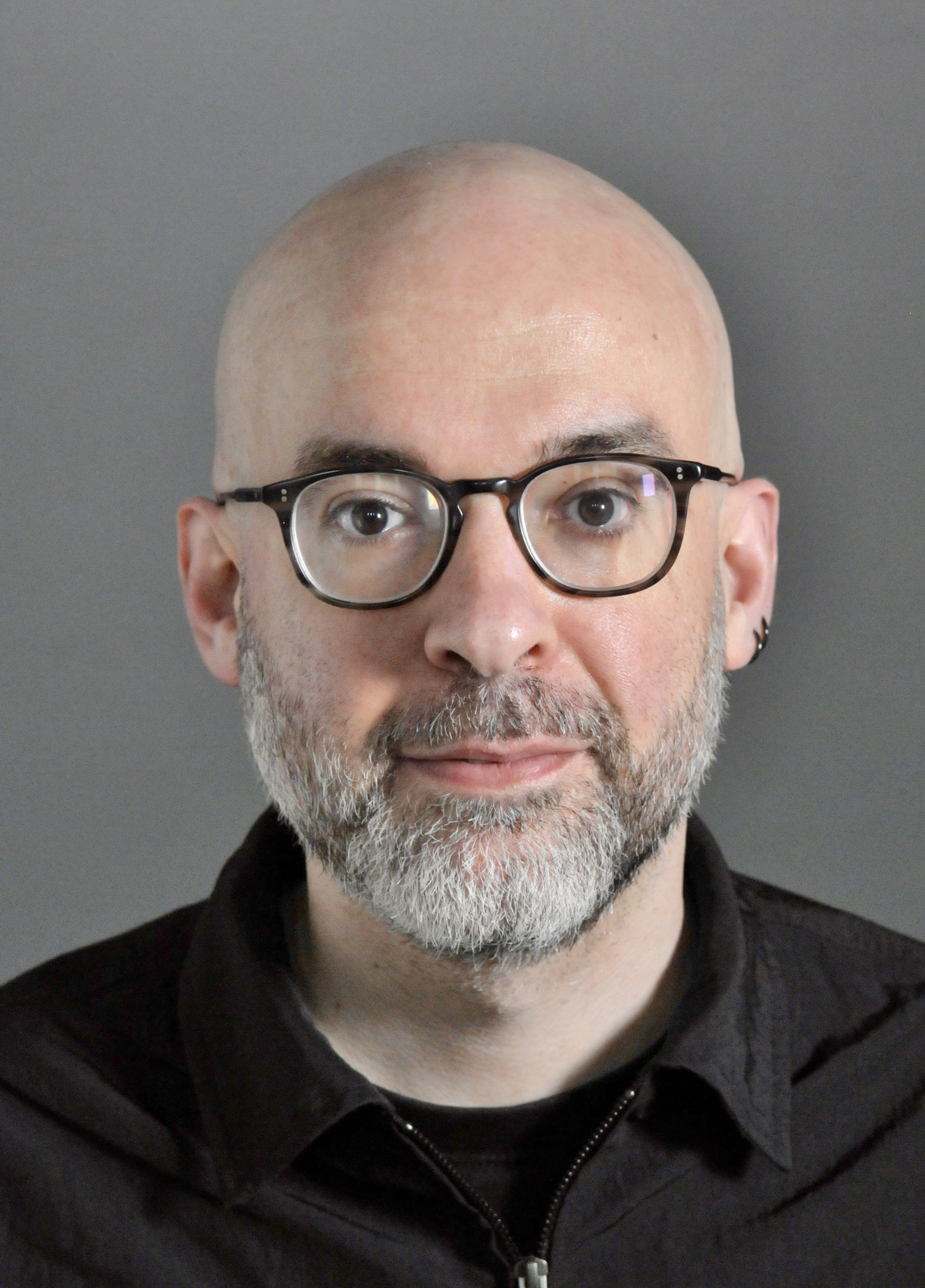I spent much of the summer thinking about the relationship between cruel optimism and renewal; the sense that what makes optimism cruel might be our mode of relating to the object, rather than the object itself, raising the possibility of renewal in which we find a non-cruel way of (re)establishing that relation. I took inspiration in this from Nick Cave’s fleeting remarks in This Much I Know To Be True. I went back to this following a (personally) devastating passage in his new book Faith, Hope and Carnage.
But what I want to say is this: this will happen to everybody at some point – a deconstruction of the known self. It may not necessarily be a death, but there will be some kind of devastation. We see it happen to people all the time: a marriage breakdown, or a transgression that has a devastating effect on a person’s life, or health issues, or a betrayal, or a public shaming, or a separation where someone loses their kids, or whatever it is. And it shatters them completely, into a million pieces, and it seems like there is no coming back. It’s over. But in time they put themselves together piece by piece. And the thing is, when they do that, they often find that they are a different person, a changed, more complete, more realised, more clearly drawn person. I think that’s what it is to live, really – to die in a way and to be reborn. And sometimes it can happen many times over, that complex reordering of ourselves.
Cave, Nick; O’Hagan, Seán. Faith, Hope and Carnage (p. 107). Canongate Books. Kindle Edition.
It suddenly hit me when reading this how terribly I’d misinterpreted his sense of renewal. He talks in the film about “allowing this process of renewal to occur” whereas I was engaging in what Ian Craib would call a ‘fantasy of the powerful self’: imagining this renewal could be chosen, initiated and steered. Whereas Cave is talking about something which happens to us, a loss which shatters who we are, in some cases because of the cruel optimism with which we clung to what is now gone. The living out of this loss, going through it rather than evading it, is renewal. Rebuilding after devastation, moving forward after hope is lost and coming to be someone who can hope again.
I'm speaking about love now And how the lights of love go down You're in the back room washing his clothes Love's like that, you know, it's like a tidal flow And the past with its fierce undertow won't ever let us go Won't ever let you go If I could move the night I would And I would turn the world around if I could There's nothing wrong with loving something you can't hold in your hand You're sitting on the edge of the bed, smoking and shaking your head Well there's nothing wrong with loving things that cannot even stand Well there goes your moony man With his suitcase in his hand Every road is lined with animals That rise from their blood and walk Well the moon won't get a wink of sleep If I stay all night and talk, if I stay all night and talk
I’ve spent much of this immensely difficult year listening to his Ghosteen album and rewatching This Much I Know To Be True. It’s the only film I’ve ever rewatched multiple times in the space of months. I struggled to articulate exactly why I was so drawn to it (beyond what I now realise were my misapprehensions about Cave’s concept of ‘renewal’) but this became clearer to me when reading the new book. Cave describes how the album seeks to explore ‘a single moment’ from a range of different perspectives by using repeating imagery which follows the listener through the album:
For me, the repetition of an image, or a series of images that follow the songs around and change meaning depending on the context, is a big part of the reason that the record has that strange, uncanny feeling. It’s an inbuilt feeling of déjà vu almost, and a sort of building of intention. The songs feel as if they are in conversation with each other. Really, what I was aiming for on Ghosteen, though, was the creation of a single moment that was being looked at from various different points of view.
Cave, Nick; O’Hagan, Seán. Faith, Hope and Carnage (pp. 12-13). Canongate Books. Kindle Edition.
It is, as he puts, “an epic story created from a contained moment … an ecstatic spiritual declaration emerging out of an ordinary moment”. The moment in question (“You sitting at the kitchen table listening to the radio”) describes the last memory he had of his wife before a phone call brought news of his son’s death. It was a moment of “peace, of calm, of simplicity, before everything shattered”. It is I think a record about how what’s good, beautiful and true can live on through a shattering. Cave talks about the record as “an invented place where the spirit of Arthur can find some kind of haven or rest”. He means this quite literally but his relationship to the record can also be read allegorically, as a story about how we move through grief rather than becoming stuck in it; learning to relate to what has been lost in a way which enables us to become someone new, in the process carrying our past with us in a way which would be impossible if we simply cauterised the wound and immediately strove to move on.
